
How many times have you heard that teenagers' attitudes and behavior are affected by hormones? Or the old cliché "Your hormones have gone crazy"? Although often said without compassion and with negative impact, these statements are actually based on a natural truth: hormones strongly influence your body and your life.
Hormones are what coordinate various body functions, sending signals to organs, muscles and skin, and their balance is essential for your body to function optimally. More specifically, sex hormones coordinate your energy, fertility, and sexual development (including puberty and menstruation). This is exactly what estrogen does, which we help you understand in this article.
What is estrogen?
Estrogen, also known as the female hormone, is a sex hormone whose main function is your sexual and reproductive development.
It naturally fluctuates throughout the menstrual cycle and declines at menopause. When its level increases, it triggers puberty in girls - breast development, menstrual cycle regulation, pubic hair growth - influencing fertility, pregnancy and menopause.
In women, most of the estrogen in the body is produced in the ovaries.

Types of estrogen
With such a complex role throughout the body, estrogen is classified into several types. The two main categories are natural estrogen and synthetic estrogen. In turn, these types are divided into several categories. Let's understand them together.
Natural estrogen
Natural estrogen is what a woman's body naturally produces in the ovaries. There are three major types of natural estrogen:
Estradiol (E2) - is the most potent form of estrogen, being the main type that the female body produces in the period between the first and last menstruation.
Estrone (E1) - after the onset of menopause, this becomes the main - and only - type of estrogen that a woman's body produces.
Estriol (E3) - normally almost undetectable in the body, it becomes the main type of estrogen produced by the body during pregnancy - hence the name pregnancy estrogen - when it reaches a maximum level and prepares the body for childbirth, breast development and of the fetus.
In pregnant women, there is also the natural production of estretol (E4), a fourth type of estrogen that can only be detected during pregnancy and is produced in the fetal liver, reaching the mother's blood through the placenta.
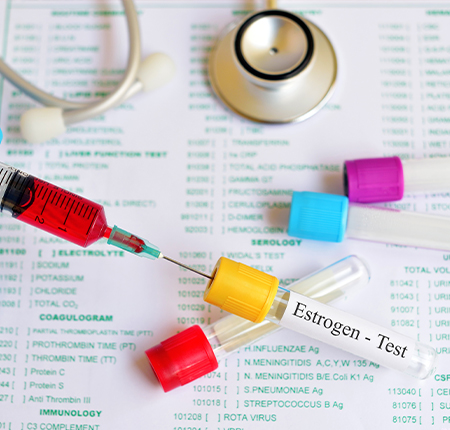
Synthetic estrogen
Hormonal therapy is often used in contraception, but also in the treatment of menopausal symptoms. In these situations, synthetic estrogen is administered.
This synthetic estrogen is obtained through chemical synthesis and is used in the composition of contraceptives together with progesterone to regulate the menstrual cycle, or in the treatment of menopause with hormonal pills for women.
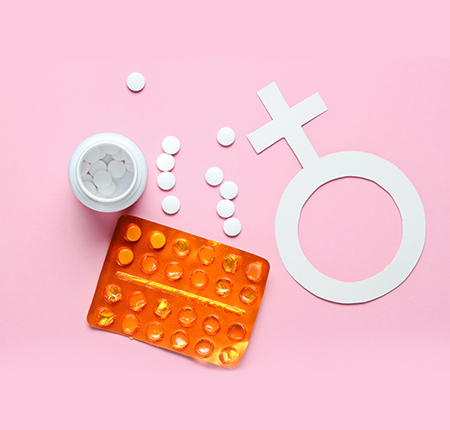
What role does estrogen play in the body?
The main role of estrogen in a woman's body is primarily to regulate the growth and functioning of the reproductive system. It is responsible for all stages of a woman's sexual and reproductive development, from puberty and menstruation to pregnancy, childbirth and menopause.
Estrogen is also important for other body systems: the urinary tract, the cardiovascular system, and even mental, bone, hair, and skin health.
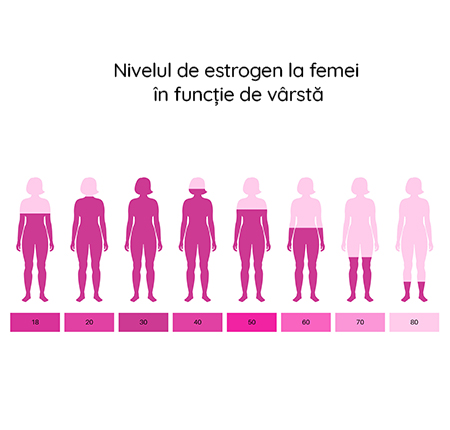
Estrogen at puberty
During puberty, the level of estrogen increases, and this change triggers the appearance of secondary sexual characteristics.
All the physical, physiological, behavioral and emotional changes during puberty are influenced by estrogen levels, from the growth of breasts and the appearance of hair in new areas of the body to the rounding of body shapes and changes in attitude.
Estrogen and menstruation
Along with progesterone, estrogen also influences menstruation. When its level drops, menstrual bleeding occurs. An optimal level of estrogen is necessary to regulate periods, and an irregular cycle can often indicate a low level of estrogen. Always be ready for menstruation with healthy products - Enroush tampons and absorbent pads made of 100% organic cotton are with you at every stage of the menstrual cycle.

Also, during the cycle, fluctuations in estrogen levels are normal. Naturally, it rises and falls twice: it rises during the follicular and luteal phases, and falls after ovulation and towards the end of the menstrual cycle. If you want to talk more about the menstrual cycle, we talked ALL about menstruation on the Enroush blog.
Estrogen at ovulation
Estrogen is at its highest in the days before ovulation, when you are at your most fertile period in your menstrual cycle. I have prepared more information about what the fertile period means HERE .
During these days, estrogen thins the cervical mucus where sperm must pass in order to get pregnant. This slight change induced by increasing estrogen levels favors pregnancy if you have intercourse during your fertile period.
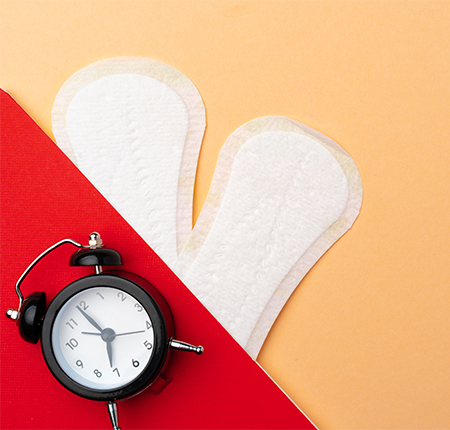
Estrogen in pregnancy
During pregnancy, estrogen supports the development and growth of the baby until the placenta takes over this role. After which it continues to ensure the proper functioning of the placenta, as well as the optimal development of the child's organs.
The concentration of estrogen - as well as other hormones - increases in a woman's body during pregnancy as it progresses, reaching higher values than in any phase of the menstrual cycle. The highest level of estrogen is usually recorded in the 3rd trimester. HERE we discussed how the baby develops in each trimester and what changes occur in each week of pregnancy.
Estrogen at menopause
If so far we have only talked about natural estrogen, when menopause occurs we are talking about both natural and synthetic estrogen. During this stage, estrogen levels drop drastically, ovulation disappears, and the type of estrogen the body naturally produces changes.
Conversely, reduced estrogen production can trigger other symptoms such as vaginal dryness, hot flashes or mood swings. Synthetic estrogen can be used to improve and treat these symptoms, but you can find more details about the treatment for menopause symptoms HERE .
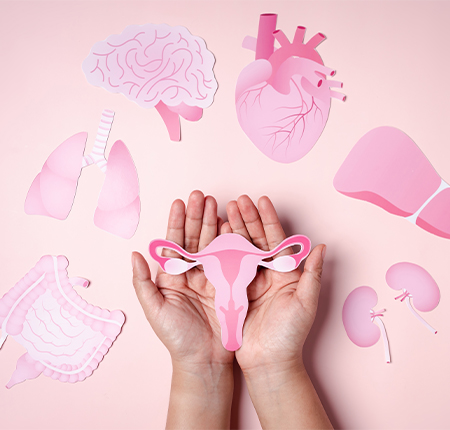
Estrogen in men
Estrogen impacts reproductive health in both women and men. Not only testosterone, but also estrogen influences sexual desire, the ability to get and maintain an erection, but also the quality of sperm, in the case of men.
For example, low libido can be a consequence of low estrogen levels. And infertility and erectile dysfunction can be the result of too high estrogen levels. And gynecomastia is also a response to the excessive increase in the amount of estrogen in a man's body.
Organs influenced by estrogen
The role of estrogen is not limited to the functioning of the reproductive system. It coordinates a lot of other organs, influencing how they work:
- Breasts - tissue formation at breast level, but also breastfeeding;
- Vagina - lubrication and maintenance of the thickness of the vaginal walls;
- Ovaries - stimulating the growth of ovarian follicles;
- Uterus - balances mucous secretions and the membrane of the uterus;
- Skin - collagen production and moisture and hydration levels;
- Bones - supporting bone density and muscle health;
- Brain - supporting the activity of neural synapses and concentration.
Estrogen analysis - When is it necessary?
The purpose of estrogen testing is to identify conditions caused by too high or too low an estrogen level. As a rule, the gynecologist requests estrogen analyzes in case of:
Precocious puberty;
Delayed puberty;
Menstrual problems;
Infertility or difficulty getting pregnant;
Abnormal vaginal bleeding.
The test can measure any type of estrogen in the body, be it estradiol, estrone or estriol, by sending a blood sample to the laboratory. Urine or saliva tests may also be done. As a rule, testing is done in the luteal phase (day 19, 20 or 21), when the hormonal values are the highest.
Normal estrogen values
Fluctuations in estrogen are normal throughout life, but also during a menstrual cycle. The increase in estrogen levels at puberty or ovulation is normal, as is its decrease at menopause. The problem occurs when estrogen levels remain consistently too high or too low.
Here are the normal levels of estradiol according to age and sex, measured in picograms per milliliter:
- Girls and adolescents: below 47 pg/ml;
- Adult women: 30 - 400 pg/mL;
- Menopausal women: 0 - 30 pg/ml;
- Boys and teenagers: below 28 pg/ml;
- Adult men: 10 - 50 pg/ml.
Low estrogen
When the analysis shows a value of estrogen below the normal level, we talk about low estrogen. This can be normal, in girls who have not yet reached puberty, or a sign that menopause is approaching, in which case it is a perfectly natural effect of aging.
Or it may indicate other problems:
Delayed puberty;
Slow rate of sexual development;
Irregular menstrual cycle;
Fertility problems.
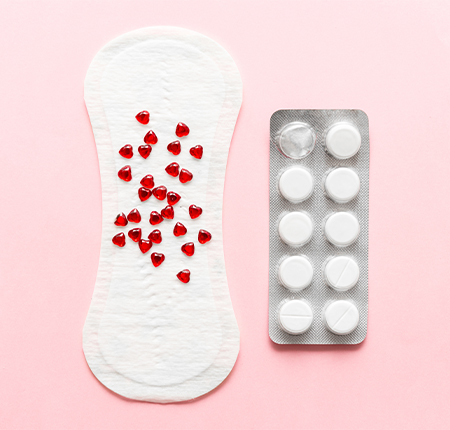
Low estrogen symptoms
Low estrogen can be a normal stage in a person's development and life, or it can be the result of genetic conditions. Regardless of their cause, the most common symptoms include:
Vaginal dryness;
Pain during sexual intercourse;
Heat sinks;
Irregular menstrual cycle;
Lack of menstruation;
Weakening of bones and muscles;
Dry skin;
Breast tenderness;
Hypothyroidism;
Mood swings;
Fatigue;
insomnia;
Depression;
Lack of sexual desire in men;
Excessive adipose tissue in the abdominal area in men.
Causes of low estrogen
A low estrogen level can signal a host of other hidden problems. Among the main causes of reduced estrogen production are:
Menopause;
The age of puberty has not yet been reached;
Nutritional deficiencies, anorexia or extreme diets;
Overweight;
Excessive training;
Autoimmune diseases;
Medicines or treatments that affect the ovaries;
Genetic conditions such as Turner syndrome;
Polycystic ovary syndrome.
Diagnosis & Treatment - Low Estrogen
Low estrogen is diagnosed by blood estrogen testing, and the most common form of treatment is synthetic estrogen. Especially in menopause and postmenopause, hormone replacement therapy with estrogen and sometimes progesterone helps to increase estrogen levels and relieve symptoms.
And in the case of men, one can opt for hormone replacement therapy, or add more fat and other changes to the diet, which has a direct effect on the production of estrogen in the body.
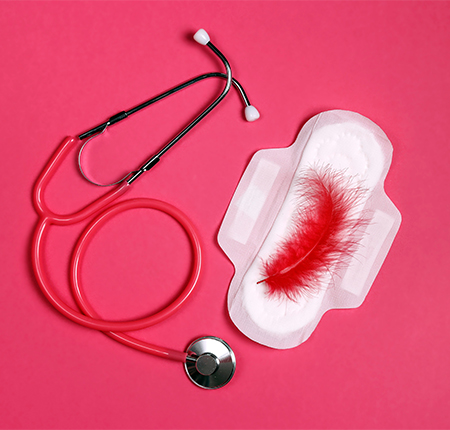
What complications can arise from low estrogen?
Untreated low estrogen will primarily result in the unpleasant symptoms not going away. Additionally, complications of chronically low estrogen include:
- Increased risk of osteoporosis;
- Disruption of the menstrual cycle;
- Problems of the reproductive system;
- Sexual dysfunctions;
- Negative impact on fertility;
- Depression.
Estrogen increased
If the estrogen analysis shows a value that exceeds the normal level, it means that there is an excess production of estrogen.
The phenomenon is also known as estrogen dominance, which can affect the development, sexual functions and general health of both women and men. Research shows that overweight people are more prone.
Symptoms of increased estrogen
It is normal for estrogen to be elevated just before ovulation. But when its value is constantly high, it can signal other health problems, especially at the level of the ovaries. Symptoms of high estrogen include:
Precocious puberty;
Weight gain, especially around the hips and waist;
Bloating;
Accentuated symptoms in premenstrual syndrome;
Irregular menstrual cycle, heavy flow;
Breast swelling, tenderness and lumps;
Enlarged thyroid;
Gynecomastia in men;
Erectile dysfunction and infertility in men.
Causes of increased estrogen
Elevated estrogen is associated with a host of conditions, from polyps and fibroids to endometriosis and ovarian tumors. Estrogen levels can also be high compared to progesterone, another sex hormone. But the most common causes for excess estrogen are:
Medicines containing estrogen;
Excessive adipose tissue;
Chronic stress;
Excess aromatase syndrome, which converts estrogen to testosterone in men.
Diagnosis & Treatment - Increased estrogen
Like any other estrogen diagnosis, elevated estrogen is identified through estrogen testing. For treatment, the doctor may prescribe medication or recommend surgery, but most often he will start by recommending lifestyle adjustments.
For both women and men, attempts are made to decrease body fat percentage and weight loss, manage stress, reduce dietary fat, increase fiber intake, and limit alcohol consumption.
What complications can arise from increased estrogen?
Hormonal imbalance is the consequence of untreated increased estrogen, and the complications are the exacerbation of symptoms already triggered by excessive estrogen production:
For women, breast lumps, lack of sexual appetite, fatigue, uterine cancer;
For men, breast enlargement, gynecomastia, low libido and infertility.
What factors influence estrogen production?
There are many factors that can influence the production of estrogen, and we cannot always control them - for example, when the increase or decrease in estrogen levels is a natural and normal response of the body to factors such as:
Puberty;
Menopause;
Task;
Birth
Lactation;
Genetic diseases;
Autoimmune diseases;
Advancement in age.
But there are also factors you can control to balance your estrogen production. So, other factors that can influence estrogen levels include:
Obesity;
Anorexia or extreme diets;
Food;
Using various medications such as steroids or estrogen treatments.
Foods rich in estrogen
Diet has a direct impact on estrogen production. According to studies, a balanced and high-fiber diet supports optimal estrogen levels, while a diet high in fat, sugar, and overly processed meats is associated with elevated estrogen levels.
On the other hand, when you have low estrogen, eating foods with estrogen is recommended for both women and men to reduce the risk of osteoporosis and support bone density. These are foods rich in phytoestrogen, or dietary estrogen, which can mimic the effect of estrogen. Some of the foods highest in phytoestrogens are:
Flax and sesame seeds
Nuts, soy and vegetables
Dried and forest fruits
Red wine
The garlic
The coffee
Cereals
Risk factors for insufficient estrogen production
Of all the causes listed above that influence estrogen production, there are certain risk factors that predispose the body to insufficient production:
Underweight;
Eating disorders;
Underdeveloped thyroid;
Family history of hormonal problems;
Chemotherapy or radiotherapy.
Risk factors for excess estrogen production
Similarly, there are people who are prone to excessive estrogen production if they have the following risk factors:
Excessive adipose tissue and obesity;
Liver diseases;
Excessive stress;
Hormone replacement therapy.
Adverse effects & estrogen risks
Like any other treatment, estrogen therapy can have side effects. This is precisely why you must follow your doctor's advice for proper administration of estrogen supplements if they are prescribed, so as to avoid the associated risks. Among the most common adverse effects identified by researchers are:
Blood clots that can lead to myocardial infarction: the risk is increased.
Breast cancer and its difficult detection: the risk is moderate;
Cardiovascular diseases: the risk is relative;
Malformations of babies born to mothers who have had previous estrogen treatments.
Frequently Asked Questions
One of the main sex hormones in both women and men, and also one of the most important female hormones, estrogen can be a real challenge when trying to understand how it works. In order to help you get to know your body better, we've continued to answer the most frequently asked questions below.
Why is estrogen important?
Because it plays a role in the reproductive system of women and men, and more. In addition to impacting puberty, menstruation, pregnancy, menopause and secondary sex characteristics in women, estrogen also strongly influences other functions of the female and male body, from the cardiovascular system and cognitive health to bone density, skin, hair and other body organs .
How can I maintain healthy estrogen levels?
You can't control all of your risk factors, but there are precautions you can take to keep your estrogen at a healthy level. An active lifestyle, a balanced diet, stress management activities, adequate rest, and limiting alcohol consumption are good practices that support your overall health and, by implication, optimal estrogen production.
What is the difference between estrogen and progesterone?
Both are hormones with an important role in the reproductive function of women. The difference between the two is that progesterone, produced in the ovarian body, is known as the pregnancy hormone because it supports all stages of pregnancy, while estrogen is produced in the ovaries and regulates the menstrual cycle.
In men, estrogen influences erectile function and sperm production, while progesterone influences sperm quality and testosterone production.
How is estrogen administered?
Hormone replacement therapy can be done both orally and non-orally. So estrogen can be administered both in the form of drugs or foods rich in phytoestrogen, as well as in the form of injection, gel, spray, eggs or patches.






















